This is the first installmentof a 6-part account of a recent journey through the Indian state of Karnataka, in the South-West of the country. The 16-day trip took me and my wife from Bangalore to Hyderabad, on a route that led through hugely varying landscapes to a multitude of interesting sites, towns, and villages.
I am calling it a ‘Journey through Karnataka’, although strictly speaking the last leg took us to the neighbouring state of Telangana. Tour operators tend to use ‘Deccan’ in the title of their itineraries in this area (e.g. ‘Deccan Discovery’ or ‘Treasures of the Deccan’), the Deccan plateau being the triangle between the Western and Eastern Ghats. However, this is a very large area and this description, therefore, also is not wholly appropriate. I shall stick with the ‘Karnataka’ title. The stress, incidentally, is on the second syllable – if you knew that already, you are clearly a step ahead of us before we started our research.
We flew to Bengaluru – which may be more familiar to you as Bangalore. In 2014 the state government changed the names of a dozen towns and cities from what they were known as under British rule to their old/ancient names in the local language, Kannada. However, the changes have not resulted in a headlong rush to change signs or maps and in practice the anglicised versions still remain in widespread use.
Bengaluru is the capital of Karnataka, but even here many people still refer to it as Bangalore. Our hotel, the Taj West End, certainly still displayed the old name on its signs and stationery. I do not often rave about hotels, but this one was superb in every respect - an oasis of calm in an otherwise chaotic and, to our eyes, not very attractive city. As you walked through the gates you felt that you entered a different world and the turkeys and geese running around the extensive gardens amplified this feeling.
We actually preferred the hotel grounds to the city’s Lalbagh Botanical Garden which we visited on our first afternoon. There were a few nice parts – see below – but on the whole it was little more than a pretty average municipal park.
There are a few temples in the centre, which might merit a look, but we gave them a miss after seeing photos – and knowing that we had a large number of spectacular temples on our itinerary. We did try to get a look at various supposedly attractive administrative buildings, but our efforts were frustrated by the security precautions. We basically could not get anywhere near the more interesting buildings. In the end we decided that the traffic chaos was too much to bear given our jet-lag and we retreated to the hotel, where a complimentary half-bottle of a local red wine was waiting for us. We were surprised how good it was. It certainly beat sitting in a largely stationary tuk-tuk amongst the traffic fumes and the cacophony of blaring horns.
We had arranged a car and driver for the tour. Rathan, our driver, met us the next morning and we set off for Mysore for a two-night stay.
On the way there we stopped for a couple of hours at Srirangapatna, the old capital of Mysore state under the Muslim rulers Hyder Ali and his son Tipu Sultan (also known as the ‘Tiger of Mysore’), who was killed there in 1799 fighting the British. There is not much left of the old fortifications, but Tipu Sultan’s summer palace – the ‘Daria Daulat Bargh’ - is in reasonably good condition, as is his mausoleum and the mosque he apparently attended. You are not allowed to take photos at the summer palace, which is a shame as the murals which adorn the building are well worth seeing. I suppose there are concerns that the paintings will get damaged by flash photography.
The mausoleum – the ‘Gumbaz’ - is pictured below. It houses the remains not only of Tipu Sultan himself, but those of his father and mother as well. There are also tombs of other relatives at the site.
The image below is of the Jumma Masjid, the mosque which Tipu Sultan had built in 1782.
Not far from there is a Hindu temple, the Sri Ranganathaswamy Temple. Parts of it apparently are well over 1000 years old. As the picture below shows, its gopura was partially obscured by scaffolding when we visited it – a recurrent theme of our trip, as you will see!
Srirangapatna is only about 20 minutes’ drive from Mysore and, after dropping our luggage off at the hotel, we went to explore the city centre and its large fruit/vegetable and flower market. The next few pictures, as well as the one at the top of this piece, were taken there.
It clearly was the season for jackfruit. 20 rupees (approximately $0.30) bought you a decent portion for two to share.
The meticulous arrangement of the fruit etc. is very impressive. I don’t know whether the stall holders pack everything away at night and start afresh the next morning. I certainly wouldn’t like to have to do that.
The amount of work that goes into making the various types of garlands is incredible.
In case you are wondering what the colourful powders are for: our visit was only a couple of weeks before Holi, the Hindu spring festival, where people throw paint powders at each other as part of the celebrations.
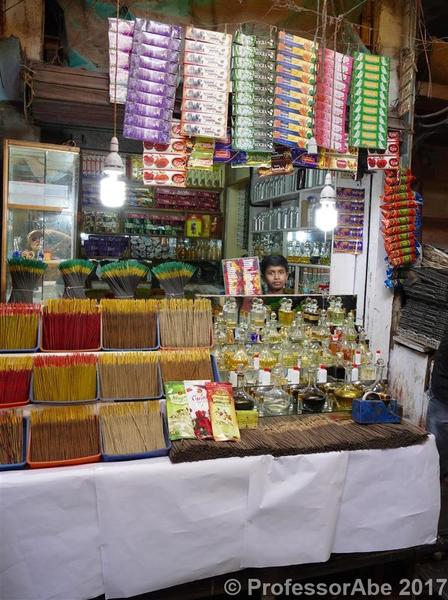 Our visit to the market had left us with the feeling that the land around Mysore was very fertile – an impression that was confirmed by a drive around the countryside the next morning. All sorts of interesting crops seem to be grown here and the paddy fields were full of birds.
Our visit to the market had left us with the feeling that the land around Mysore was very fertile – an impression that was confirmed by a drive around the countryside the next morning. All sorts of interesting crops seem to be grown here and the paddy fields were full of birds.
Our guide took us to a large temple (the Sri Chamundeshwari Temple) – yes, scaffolding again – and a giant statue of a Nandi (bull) on the Chamundi hills overlooking Mysore.
Apparently, the Nandi is fashioned from a single piece of rock. It is just under 5m high and estimated to be some 350 years old.
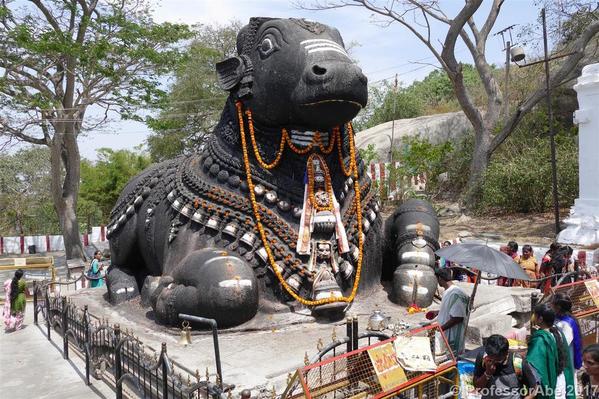 At this stage we had not yet seen Mysore’s premier tourist attraction, the Mysore Palace, but we had that on our programme for the afternoon.
At this stage we had not yet seen Mysore’s premier tourist attraction, the Mysore Palace, but we had that on our programme for the afternoon.
It was built around the start of the 20th century on the orders of the then Maharaja (Krishnaraja Wodeyar IV) and, apart from the main palace, the complex also houses a number of temples.
Unfortunately, you were again not permitted to take photographs inside the palace. I can assure you, however, that its over-the-top opulence on the outside is more than matched by some of the interior.
Parts of the palace are still occupied by some of the Maharaja’s descendents.
A drive around other parts of the city convinced us that Mysore is a much more relaxed and pleasant place than Bangalore had been. It is, of course, much smaller.
Returning to the hotel in the late afternoon gave us the opportunity to watch the abundant birdlife in the area. Of course, the birds always vanish when you are about to press the shutter, but in the end I managed to get a shot of these two.
To be continued with pt.2: Somnathpur, Belur, and Halebid

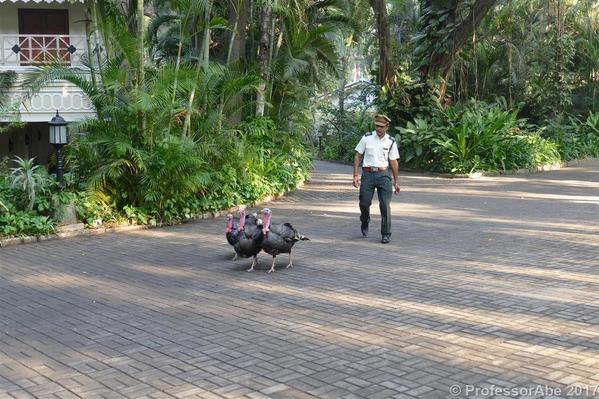
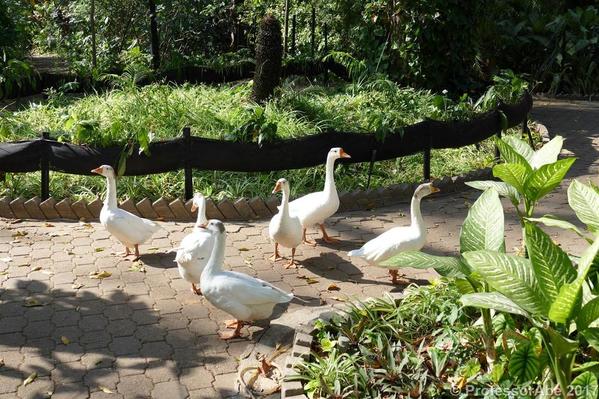
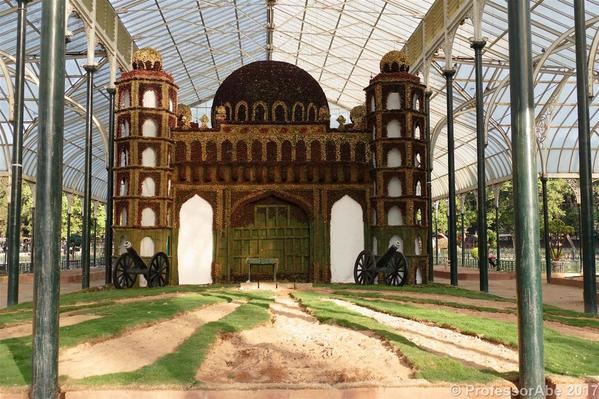
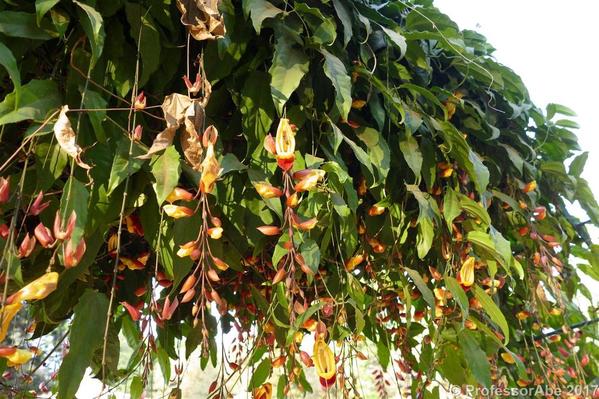
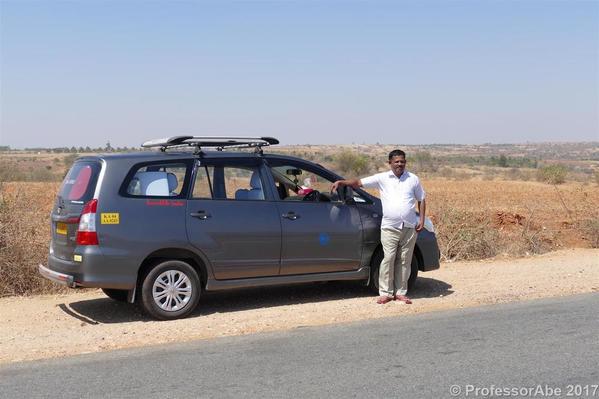
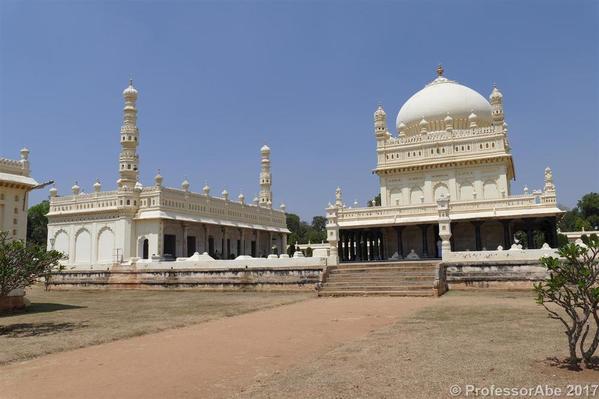
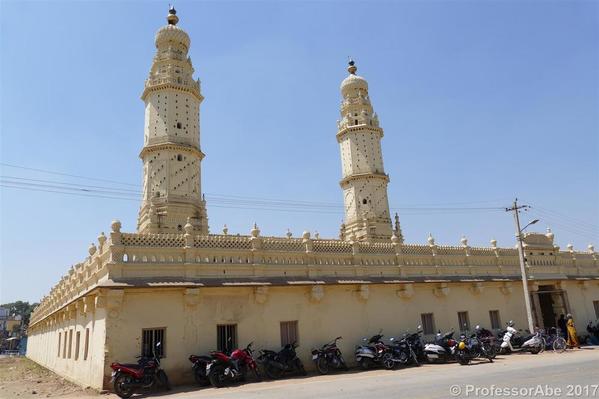
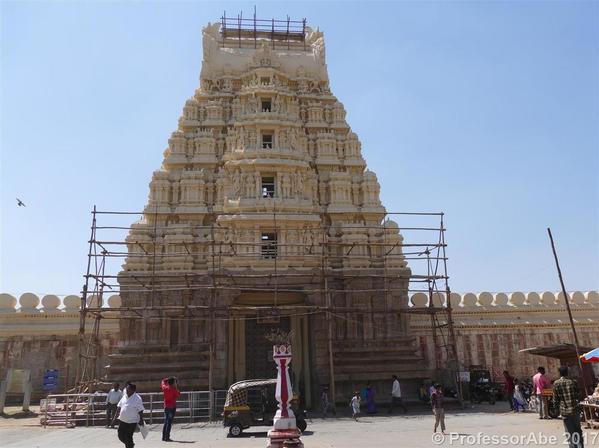
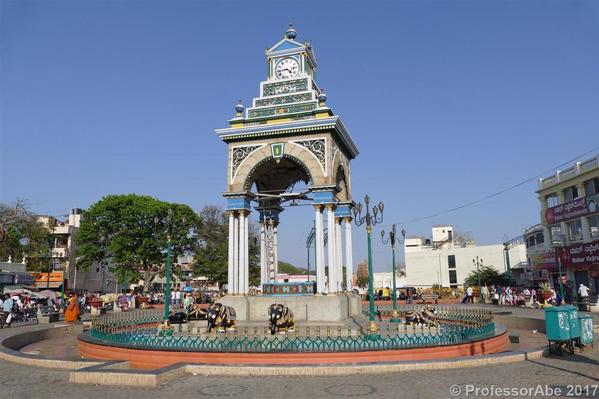
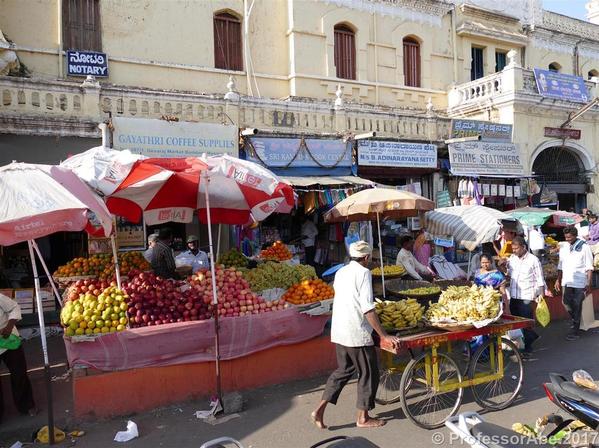
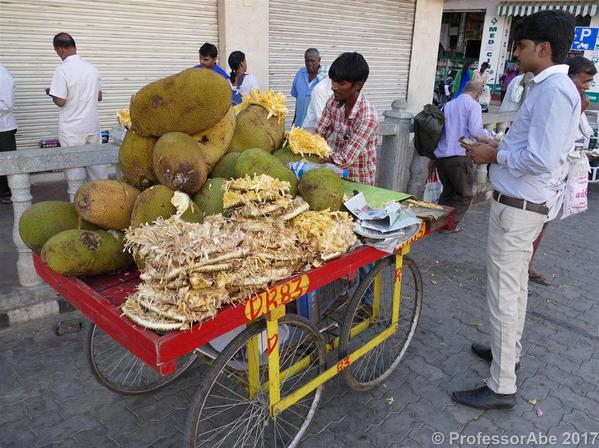
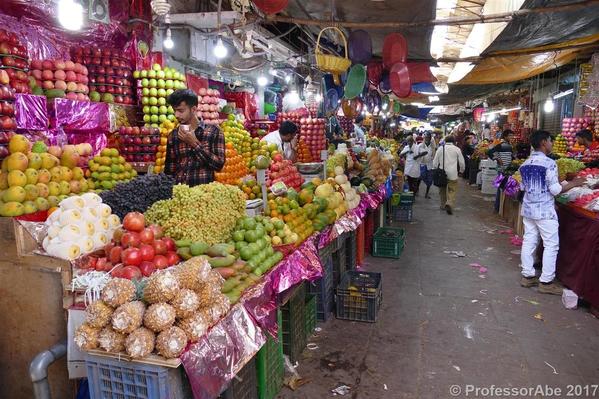
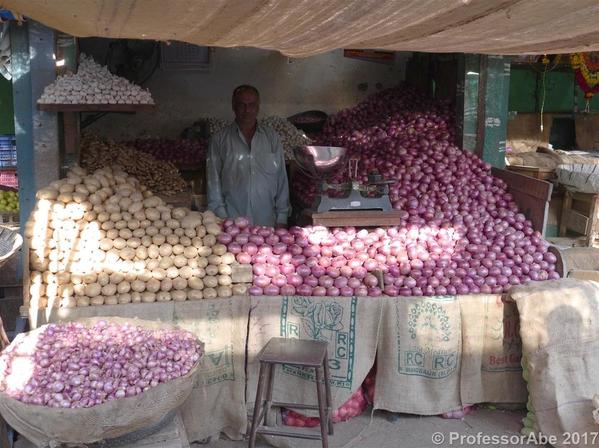
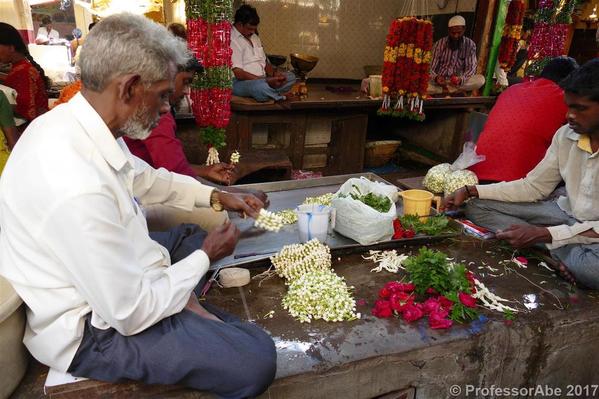
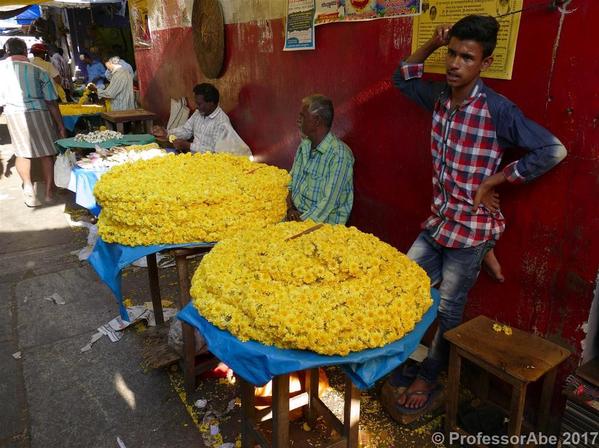
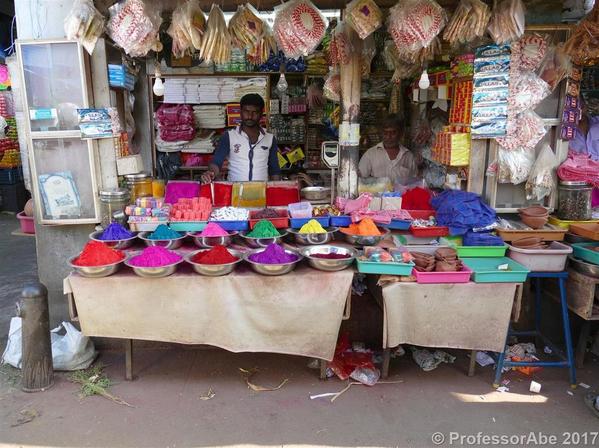
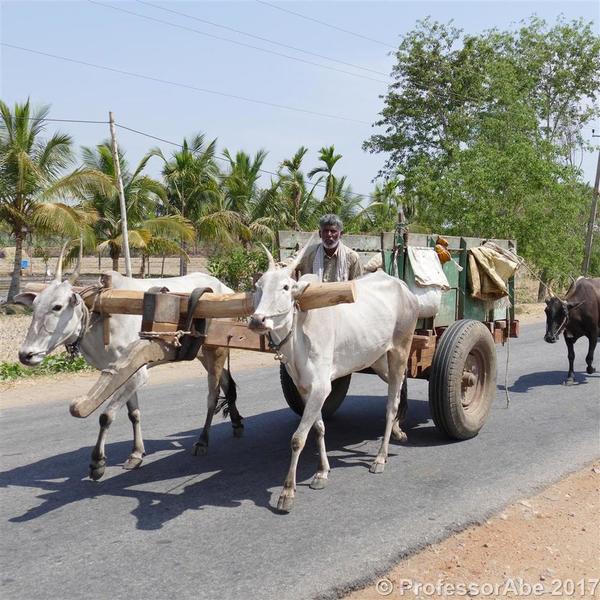
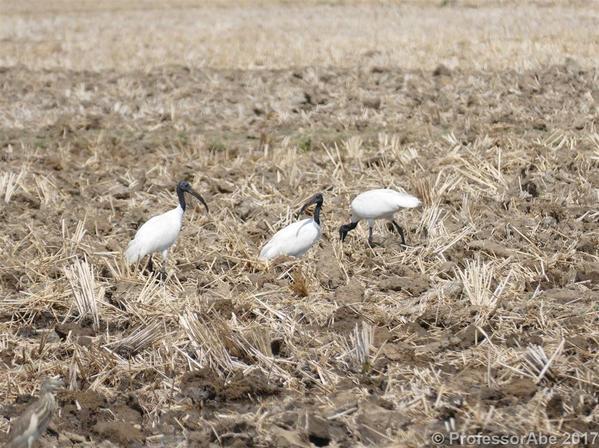
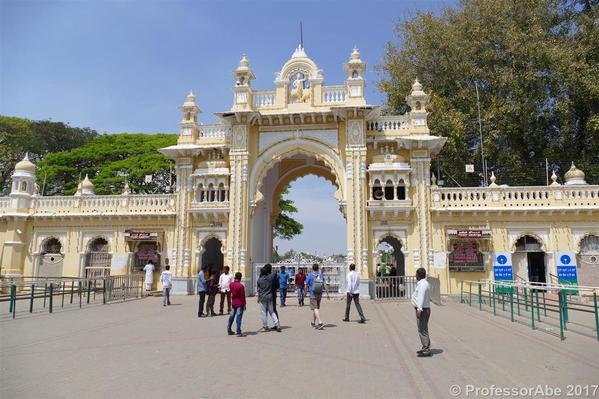
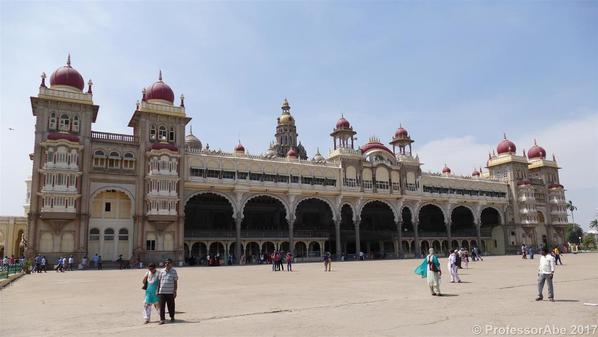
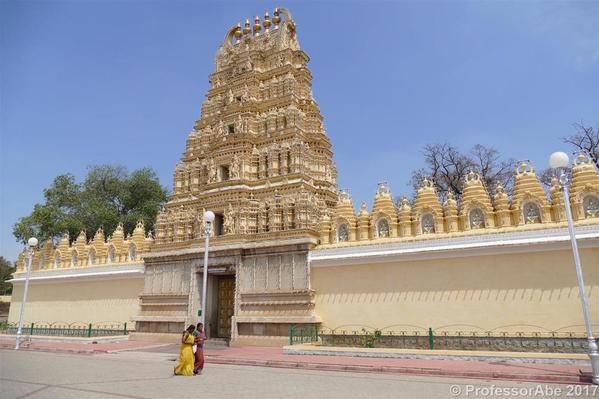
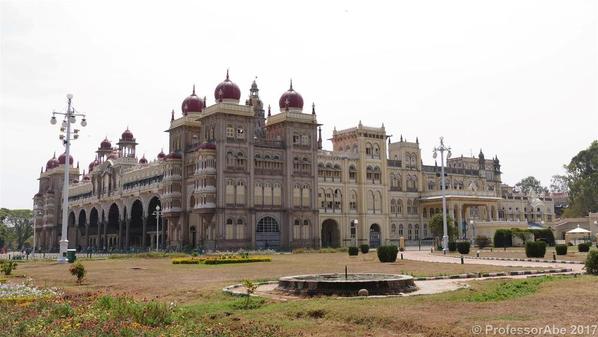
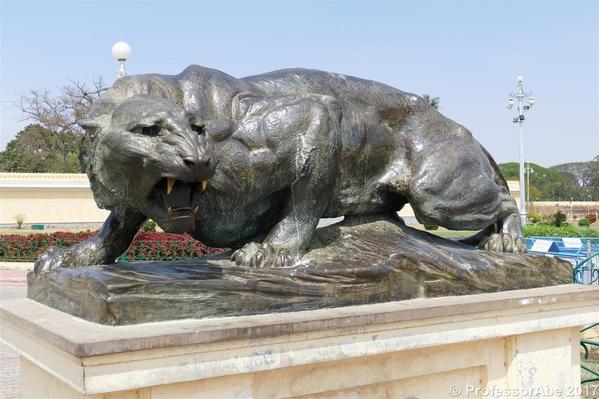
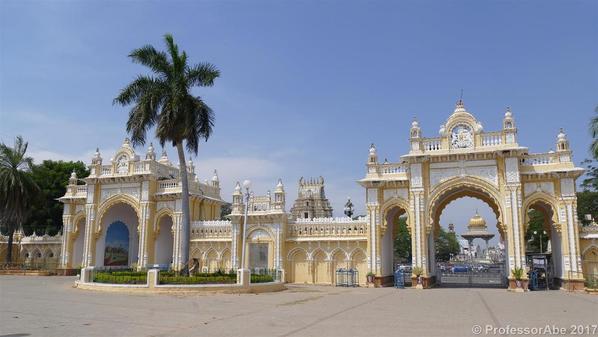
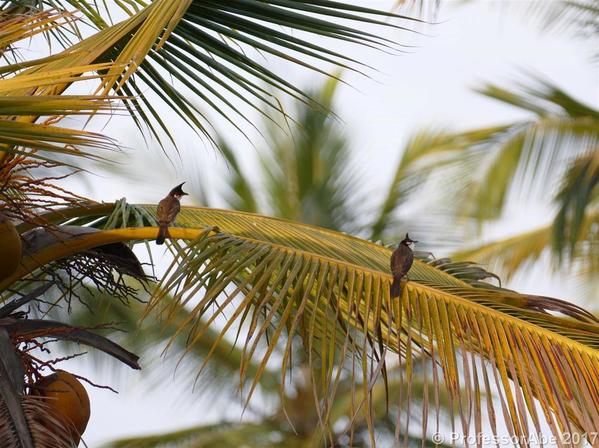
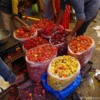



















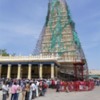








Comments (2)